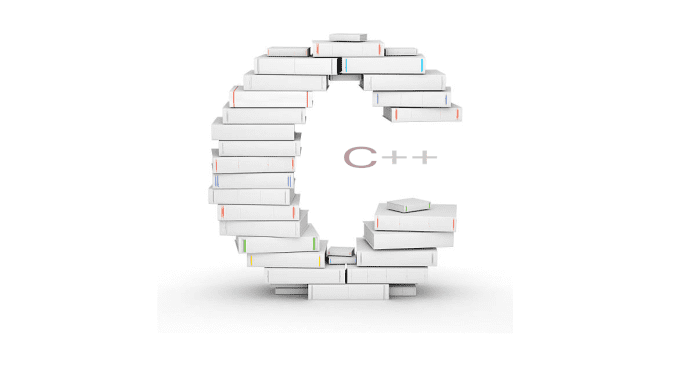Introduction to C++ Programming
C++ is a powerful and widely-used programming language that is commonly used for developing software applications. If you are new to programming or looking to expand your skills, this C++ tutorial for beginners will provide you with a solid foundation to start your journey in C++ programming.
C++ Basics
Before diving into the syntax and intricacies of C++, it is important to understand the basics of the language. In this section, we will cover fundamental concepts like how to set up a C++ development environment, writing and executing a simple C++ program, and understanding the structure of a C++ program.
C++ Syntax
Syntax refers to the rules and guidelines that dictate the proper way to construct a program in a specific programming language. In this section, we will explore the syntax of C++ and learn about the various elements such as comments, variables, data types, operators, control structures, functions, arrays, and classes.
C++ Variables
Variables are used in programming to store and manipulate data. In C++, variables must be declared before they can be used and they hold a specific type of data. Here, we will delve into the concept of variables in C++ and learn how to declare and initialize them, as well as understand their scope and lifetime.
C++ Data Types
Data types define the type of data that can be stored in a variable. C++ provides a wide range of data types to cater to different requirements. This section will cover the different built-in data types available in C++ and explore their characteristics, storage size, and allowed operations.
C++ Operators
Operators are symbols or keywords that perform various operations on operands. C++ provides a rich set of operators that can be used to perform arithmetic, logical, assignment, comparison, and other operations. In this section, we will discuss the various operators in C++ and their usage.
C++ Control Structures
Control structures dictate the flow of execution in a program. They enable us to perform different actions based on certain conditions or repetition. This section will explore the different control structures available in C++, such as if-else, switch-case, loops (for, while, do-while), and nested control structures.
C++ Functions
Functions allow us to break down a large program into smaller, modular components. They promote code reusability and improve the overall structure and readability of the program. Here, we will learn about defining and using functions in C++, passing arguments, returning values, function overloading, and more.
C++ Arrays
Arrays are used to store multiple elements of the same data type in contiguous memory locations. They provide an effective way to work with groups of related data. In this section, we will explore how to declare, initialize, and access elements in C++ arrays, as well as understand multidimensional arrays.
C++ Classes
Classes are at the core of object-oriented programming in C++. They encapsulate data and functions together, allowing for better organization and abstraction of code. Here, we will introduce the concept of classes in C++, understand class declaration and definition, constructor and destructor, member variables, and member functions.
By following this C++ tutorial for beginners, you will gain a solid understanding of the basics of C++ programming and be well-equipped to start writing your own programs. Remember to practice regularly and experiment with different concepts to further enhance your skills. Happy coding


